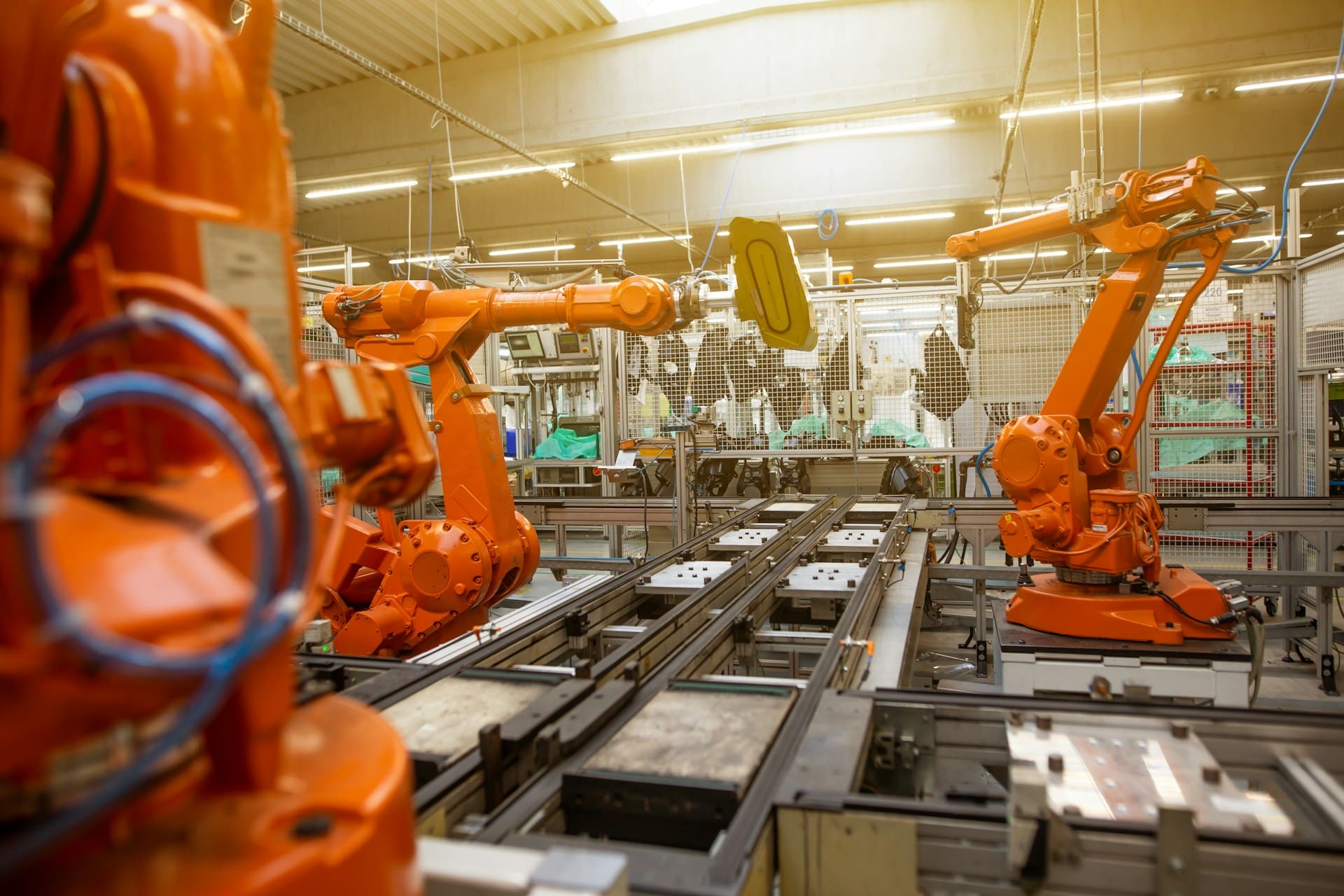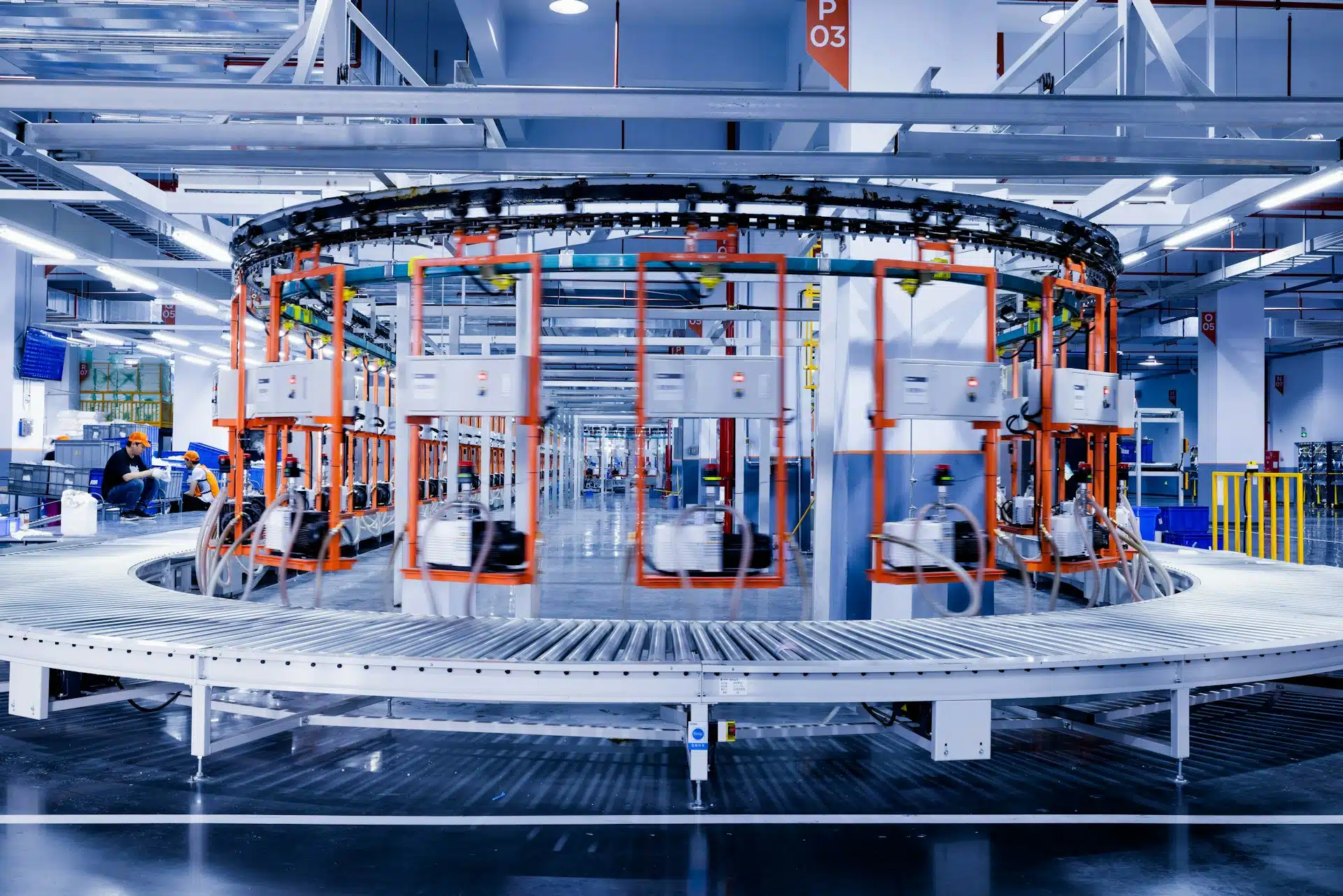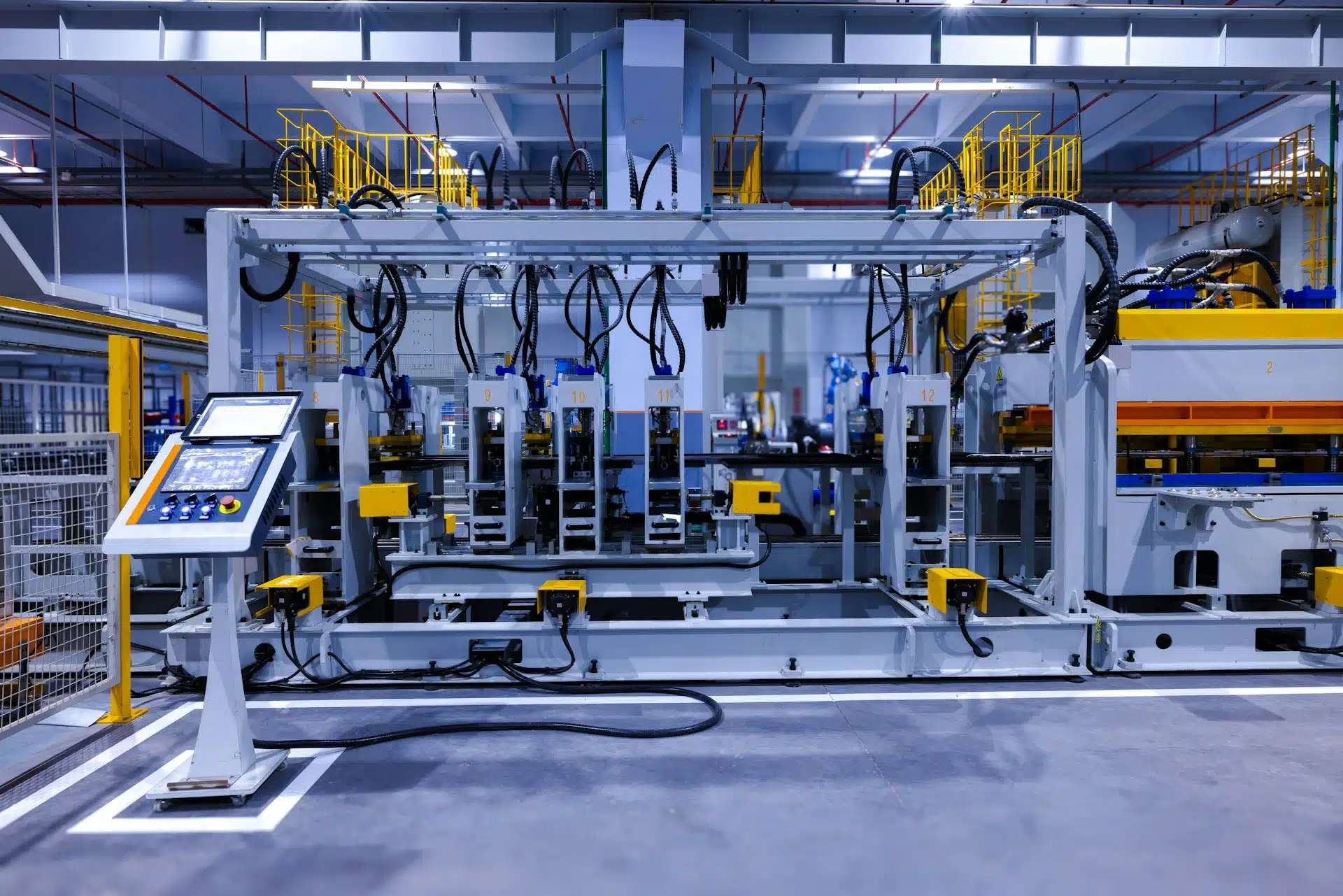In today’s competitive food industry, consistency, speed and safety aren’t optional. They’re expected. That’s where food packaging automation comes in, a scalable solution that transforms how products move from your production line to the shelf.
Whether you’re running a small snack brand or managing a high-output facility, this guide will help you understand what food packaging automation really is, how it works and why more producers are making the switch.
What Is Food Packaging Automation?
Food packaging automation refers to the use of machines and control systems to handle the food packaging process in food production with minimal human input. This includes tasks like weighing, filling, sealing, labeling, wrapping and even palletizing food products.
Instead of relying on manual labor, automated systems streamline these steps using robotics, conveyors, sensors and software to ensure efficiency, hygiene and accuracy.
In Plain Terms:
Packaging automation means using smart machines to handle repetitive jobs like filling bags or sealing jars. And it’s all faster, cleaner and more precisely than a person could.
Why It Matters
Manual packaging processes often lead to slowdowns, human error, inconsistent fill weights and higher risk of contamination. Automation solves those issues while setting your operation up for future growth.
Key benefits include:
- Consistency: Machines don’t get tired. That’s why automated lines ensure every pouch or jar is filled and sealed the same way.
- Efficiency: Higher output per shift, faster changeovers, less downtime.
- Hygiene & Safety: Reduced human contact lowers the risk of contamination.
- Labor Reallocation: Free up staff to focus on quality control or production improvements.
- Scalability: Modular systems grow with your business.
- Cost Effective: Automation reduces labor waste and improves material efficiency.
How Food Packaging Automation Works
Automation integrates multiple machines and technologies to handle different stages of packaging. Here’s how a typical system flows:
1. Product Feeding & Weighing
Food items are dispensed onto conveyors or feeders and directed toward a weighing system (e.g., net weight scale or multi-head weigher). These packaging machines are designed to maintain accuracy and speed at every step.
2. Filling
Weighed portions are dropped into packaging formats like bags, jars, or pouches. Gravity or auger fillers are used depending on product type.
3. Sealing or Capping
Bags are heat-sealed, jars are capped, or pouches are vacuum-sealed to lock in freshness.
4. Labeling & Coding
Automated printers or labelers apply brand labels, lot numbers, or expiration dates.
5. Inspection & Verification
Sensors and vision systems check fill levels, seal integrity and label accuracy. These automation systems also detect packaging inconsistencies to reduce human error.
6. Cartoning & Palletizing
Secondary packaging processes group and box items for shipping. Robotic palletizers may stack them for distribution.
Types of Food Packaging Equipment
Different product types and formats require different packaging equipment. A few examples:
- Form-Fill-Seal Machines – Ideal for chips, snacks and powders
- Linear Net-Weigh Fillers – For consistent fill weights on bulk or delicate products
- Vacuum Loaders & Feeders – Useful for powders or lightweight materials
- Labeling & Printing Systems – Integrate compliance and branding into your line
- Robotic Arms & Palletizers – Automate the final packaging lines
Who Uses Food Packaging Automation?
Businesses of all sizes benefit from these systems, including:
- Snack food brands
- Coffee roasters
- Dried fruit and nut producers
- Frozen meal manufacturers
- Cannabis edibles and flower processors
- Bakeries, spice companies and more
If you’re handling more than a few hundred packages per shift, automation can pay off fast.
It’s especially useful in the food and beverage industry, where consistency and throughput are critical.
Food Safety and Compliance
Automated packaging helps you meet regulatory requirements with less hassle. Key compliance advantages include:
- HACCP-ready design
- Stainless steel contact surfaces
- Tool-less changeovers for sanitation
- Tamper-evident sealing options
- Data logging and traceability support
Whether you’re subject to USDA, FDA, or local food safety standards, automation reduces risk and simplifies audits. Improved food safety is one of the most compelling benefits for producers today.
Is Food Packaging Automation Right for You?
Ask yourself:
- Are you scaling production?
- Is labor availability a challenge?
- Are fill weights inconsistent?
- Do you need to improve food safety or shelf life?
If you answered yes to any of these, it’s worth exploring automation options. Many producers see ROI in under a year, especially when reducing labor costs, material waste and increasing throughput.
Frequently Asked Questions
What’s the Difference Between Primary and Secondary Food Packaging?
Primary packaging directly touches the food (bags, jars, pouches). Secondary packaging groups those for distribution (boxes, cases).
Can Small Businesses Use Packaging Automation?
Yes. Modular systems like ActionPac’s let you start small and scale up as needed.
What Kinds of Food Products Can Be Automated?
Dry goods, powders, snacks, coffee, cannabis, frozen foods and more.
What’s the Typical ROI on Packaging Automation?
Many businesses recover costs in 6–12 months due to savings in labor costs, time and waste.
Is Automation Customizable?
Absolutely. Systems can be tailored to your packaging format, space and production goals.
Automation as a Competitive Edge
Food packaging automation lets you stay competitive in a changing market. With rising labor costs, tighter regulations and higher consumer expectations, manual processes just can’t keep up.
At ActionPac, we engineer automation systems that meet you where you are and help you grow. With over 45 years of experience, in-house manufacturing and lifetime support, we’re more than a vendor. We’re your long-term partner in precision packaging.
Want to see how automation fits your operation? Let’s talk.



